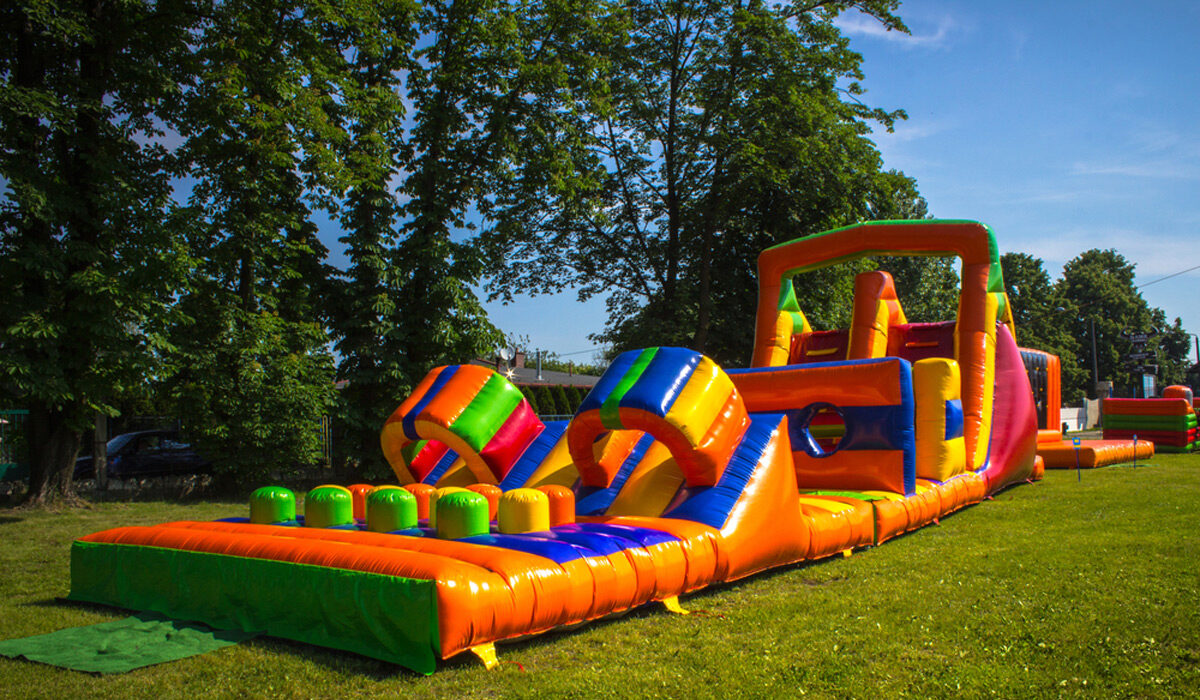An inflatable four-wall structure made to resemble a house that is specially designed for children so that they can jump and play. This is called a bounce house, it is most commonly set up in an amusement park or at a children’s event. These houses are popular as one of the most loved by the kids. The very first time that this house was installed was in the late 19s, from then it’s still carrying on till today. These houses come in different shapes, sizes, and structures. They are made for kids to jump, slide and have a great time. The best part of this inflated house is that no children can get hurt while playing and hence it’s most preferred by the parents.
The working of the house
Bounce house runs on electricity and hence a constant supply of electricity is needed for the house to let it work. To keep the house inflated, a blower is used. This blower is responsible for pumping air in the house or unit, for the given duration of the play. In the case of big inflated houses, there is a need for constant pumping of air to keep the unit working. But in smaller units, the air can be pumped once and after that, the house is sealed. This is applicable for relatively small units. These are for the ones that parents generally set up in the garden just for indoor sports.
The consumption of electricity depends on the type of blowers and the size of the motor that is used. The time interval decides the cost as well if the house is in operation for one hour or two or more. In the case of bigger houses, it needs to be plugged in and a continuous power supply is needed for keeping the house inflated.
The amount of voltage it needs to stay inflated
Any bounce house would come with a 115V rated blower. This can easily be plugged into a residential area. If that option is unavailable, using a generator would do the work and produce the required voltage. These houses can be purchased and rented. If the house is rented, most companies would allow the clients to use just one 50 ft range extension. Thus, one must set up the house within a 50 feet range. 15 amp would be preferred if the blower is small and if a large blower is preferred, the amp outlet will be 20 amp.
Conclusion
It is always to choose a dedicated outlet and use a 12 gauge extension cord. It is used for anything that is more than 50 feet and has a 20 amp outlet. A dedicated outlet is preferred with nothing on the circuit. These houses must never be kept on the same circuit as other types of equipment. By doing so, one can overload the circuit which can lead to a break. It is better to unplug everything that is running on the same circuit. This will eliminate any risk of overloading.


Recent Comments